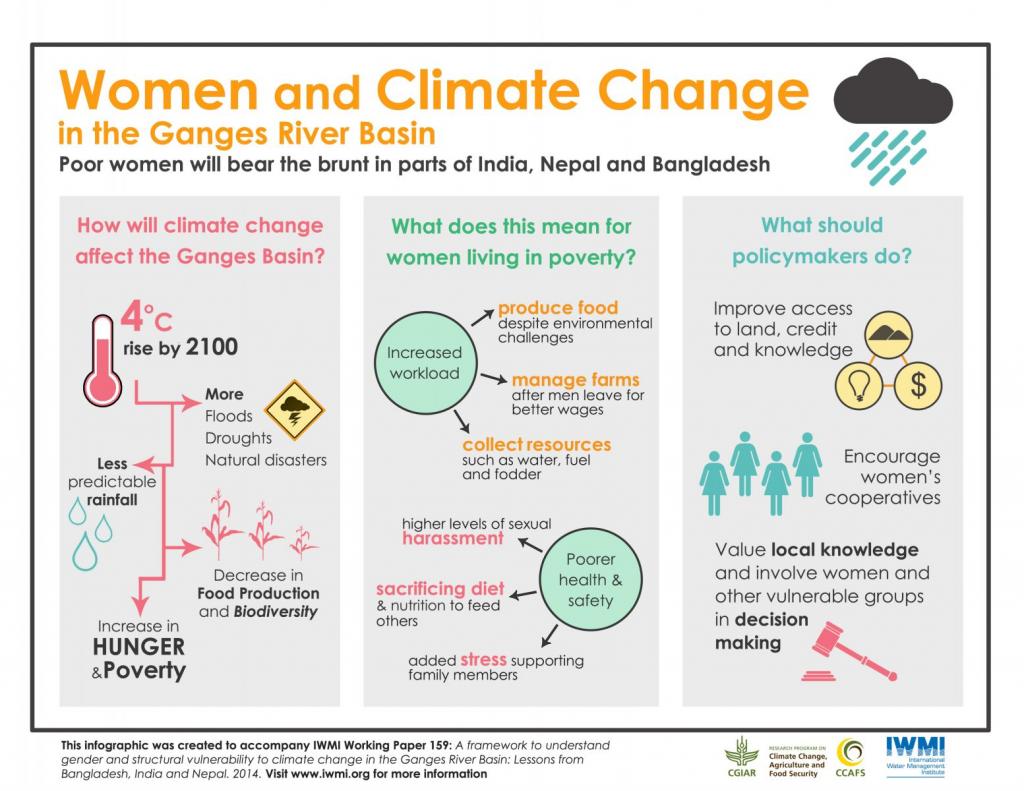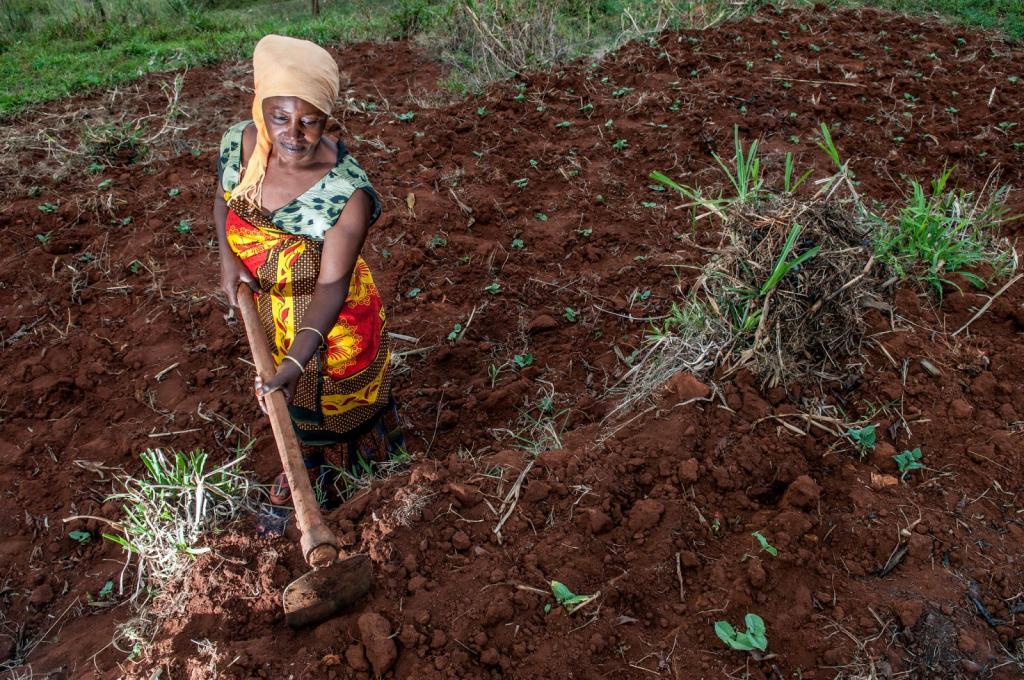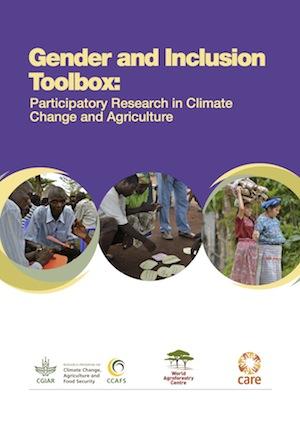Closing the gender gap: 15 approaches
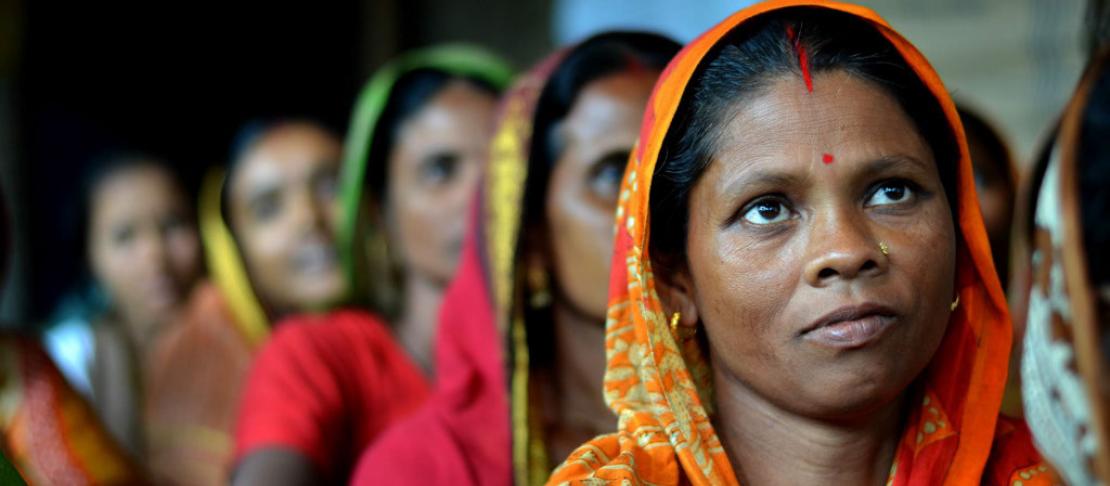
Gender equity gaps imply that men and women have different vulnerabilities to climate change and different adaptive capacities. Find out how the 15 CGIAR Research Centers address the gender gap in agriculture.
Live webcast 19 March
Join us for a webcast on closing the gender gap in farming under climate change, which will convene thinkers and doers in a forum to inspire renewed action.
Join the conversation using #AgGenderGap
Pre-register now for the webcast
It is important to recognize gender differences and conduct gender research that will allow researchers and practitioners to understand how to overcome such differences so that both men and women are included in intervention strategies.
In the field: empowering women
To help families in the area adapt to the impacts of a changing climate like increased rainfall and flooding, a team of architects, agricultural, climate change and social scientists from WorldFish designed a “climate-smart house” as part of the Climate Smart Farm project. The farming system, introduced by this project, is also effective for Bangladeshi women who, restricted by social and cultural norms, are often unable to move around the village alone or travel in to the fields.
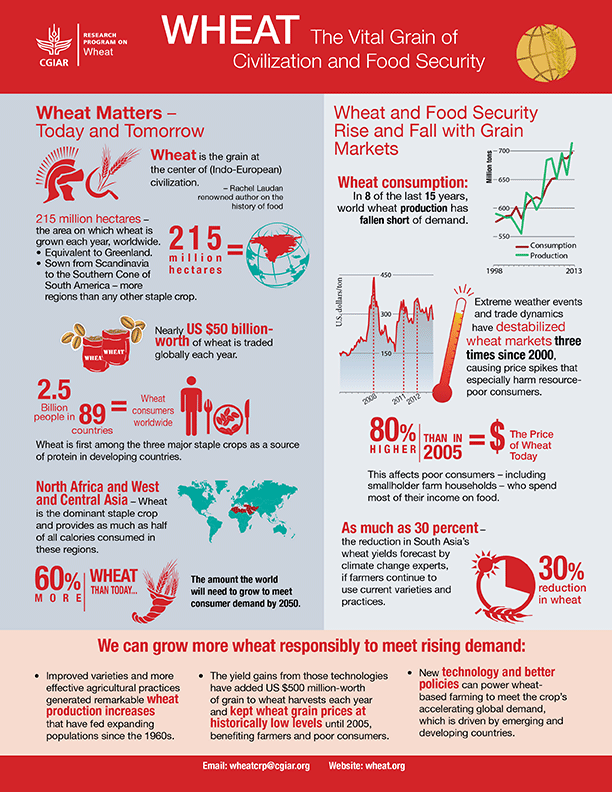 Gender research and outreach should engage men more effectively, according to Paula Kantor, gender and development specialist at the International Maize and Wheat Improvement Center (CIMMYT), who is leading an ambitious new project to empower and improve the livelihoods of women, men and youth in wheat-growing areas of Afghanistan, Ethiopia and Pakistan. Participants in the global project will carry out 140 case studies in 29 countries; WHEAT and MAIZE together will conduct 70 studies in 13 countries.
Gender research and outreach should engage men more effectively, according to Paula Kantor, gender and development specialist at the International Maize and Wheat Improvement Center (CIMMYT), who is leading an ambitious new project to empower and improve the livelihoods of women, men and youth in wheat-growing areas of Afghanistan, Ethiopia and Pakistan. Participants in the global project will carry out 140 case studies in 29 countries; WHEAT and MAIZE together will conduct 70 studies in 13 countries.
The watershed project by the International Crops Research Insitute (ICRISAT) in Dungaria, a remote village in Madhya Pradesh state in India, has not only helped women farmers to conserve rainwater, grow new crops and better crops but has also brought a transformation in their thinking. One of the most important outcomes of the watershed project is the forging of a community spirit that has inspired the people of the village to find solutions to their problems.
As part of an initiative to distribute native potato varieties with relatively high micronutrient levels and provide training to improve farming practices and diet, the International Potato Center (CIP) worked with local men and women in the selection of potato varieties. This involved organising meetings in which project participants discussed traditional farming practices, diet and gender roles. One of project’s priorities was to ensure a high level of involvement by women.
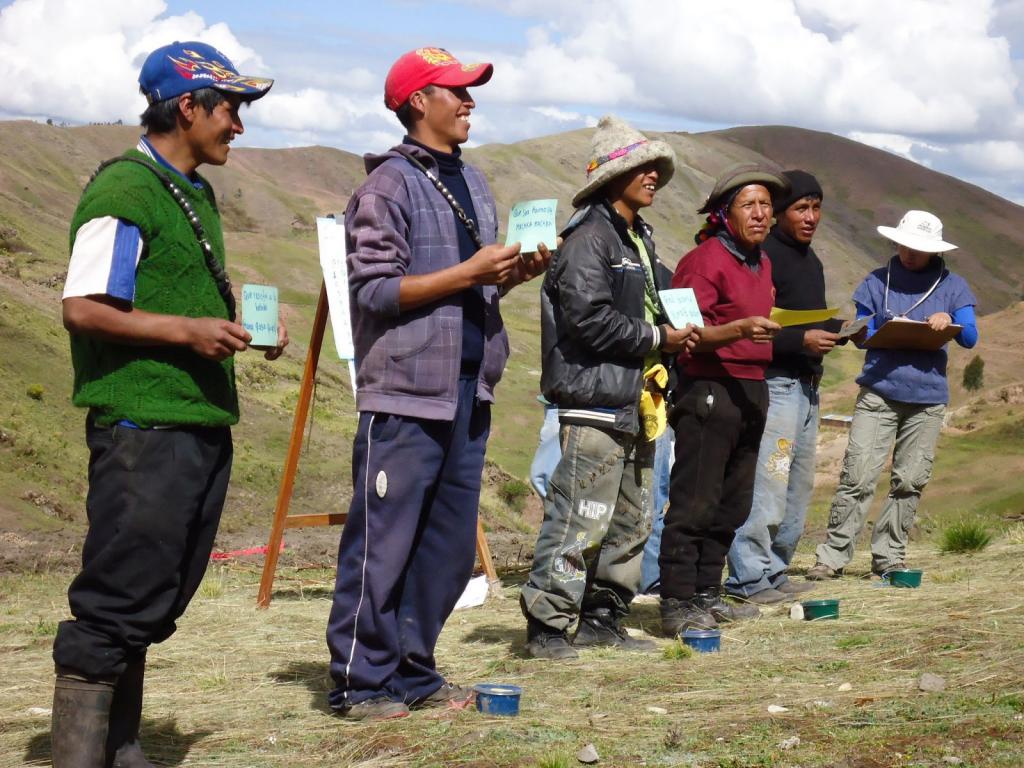
CIP scientists use the participatory selection method with farmers prior to developing new potato varieties.
The CSISA project, run by the International Rice Research Institute (IRRI) and partners, aims at helping women in agriculture. Through the women-led technology delivery model deployed by CSISA, members of these women's groups now have training in improved farming practices and many among them have emerged as early users of modern technologies.
READ: WOMEN AT THE HEART OF TECHNOLOGY DELIVERY IN THE REMOTE TRIBAL VILLAGES OF ODISHA
Research addressing the gender gap
Research led by the International Food Policy Research Insitute (IFPRI) found that too many institutions responsible for leading adaptation efforts in developing countries have no way of tracking whether men and women experience and deal with climate change differently. For example, three-quarters of development agencies in Ethiopia do not collect, analyze, or report gender-disaggregated data. Collecting data only at the household level, they operate under the assumption that all household resources are shared equally, that all decisions are taken jointly, and that all household members benefit.
According to a new report by the International Water Management Institute (IWMI), poor women and vulnerable groups will “bear the brunt” of climate change in parts of India, Nepal and Bangladesh. By reviewing extensive studies from the region, it argues that vulnerability to climate change is “intricately linked” to social structures such as gender, class, caste and ethnicity. “There is a need to rethink policies and methods of engagement with marginalized groups, so as to address the social structures which cause vulnerability in the first place,” said Fraser Sugden, the lead author of the report.
READ: Ganges women to bear brunt of climate change
Jacob van Etten, agricultural researcher with Bioversity International reflects on the question whether agriculture has anything to do with the root causes of child migration from Central America to the US. In Guatemala and Nicaragua, Bioversity International is also starting work on economic diversification of agricultural systems to provide alternatives to coffee cultivation and create new opportunities using traditional crops to make new products. We should analyze how these opportunities can be catered towards young girls and women at risk from violence.
READ: GIRLS CROSSING THE DESERT - A REFLECTION OF AN AGRICULTURAL RESEARCHER
Women leaders in research
The African Development Bank (AfDB) promotes the work of young women rice researchers through the project ‘Support to Agricultural Research for Development of Strategic Crops in Africa (SARD-SC) which is an initiative partly implemented by AfricaRice.
Ongoing research project by the Center for International Forestry Reseach (CIFOR) on gender-equitable rights and access to forest and tree resources and benefits, led by Esther Mwangi and Anne Larson, has paired research with action. The project uses a methodology known as Adaptive Collaborative Management to collect data for research—an approach that has also contributed to women’s increased participation in decision-making, as well as more tolerant attitudes from men towards women’s leadership in study sites.
At the International Institute of Tropical Agriculture (IITA), in response to the call for greater participation of women and to be able to fill top management positions, some women called for policies that would enable them to further their education while at the same time keep their jobs and take care of their babies. The women staff set up a committee to map out an implementation strategy to increase the workforce of women, and advise on matters relating to staff promotions in IITA.
Through the graduate fellowship program at the International Livestock Research Insitute (ILRI), many women scientists and graduate fellows from national agricultural research organizations, university departments of agriculture and veterinary medicine and non-governmental organizations from across the world are finding opportunities to carry out agricultural research at the institute.
Gender matters
Food and water sources become more unpredictable and scarce, and women face loss of income, harvest, and increased labor amid rising food prices. Because women are often excluded from decision-making regarding access to and use of land and resources, ensuring that women have more equitable access to and control over resources and are able to participate in decision-making processes is vital. “Just making men and women more aware of their different roles and responsibilities is a step forward. We work in a context – smallholder agriculture – where men are not always empowered either. That is why our overall aim is to increase the empowerment of both men and women: to reduce empowerment gaps within communities generally in agriculture,” said Jennifer Twyman, an agricultural economist at the International Center for Tropical Agriculture (CIAT).
Video: 3 reasons why agricultural research should be gender inclusive, and 3 ways to do it
As part of a workshop organized by the International Center for Agricultural Research in the Dry Areas (ICARDA), researchers facilitated three separate focus group discussions with all male farmers, all female farmers, and one group of male and female farmers. They asked these groups the same questions and came back with different answers from each.“It’s obvious that men and women have different preferences; this seemed to be well understood. But what isn’t well understood is how their different preferences can influence research and development projects,” said Beza Desalegne.
The World Agroforestry Center (ICRAF) gender team held a workshop on gender sensitization, gender awareness in research and methods for gender analysis.The participants were made to understand why there is a need to study and understand gender. Topics ranging from gender analysis, tools, to researchers roles, responsibilities, positions and ethics in R&D were covered during the training.
Lili Szilagyi is a student assistant at the CCAFS Coordinating Unit focusing on communications, social media and web content management.

